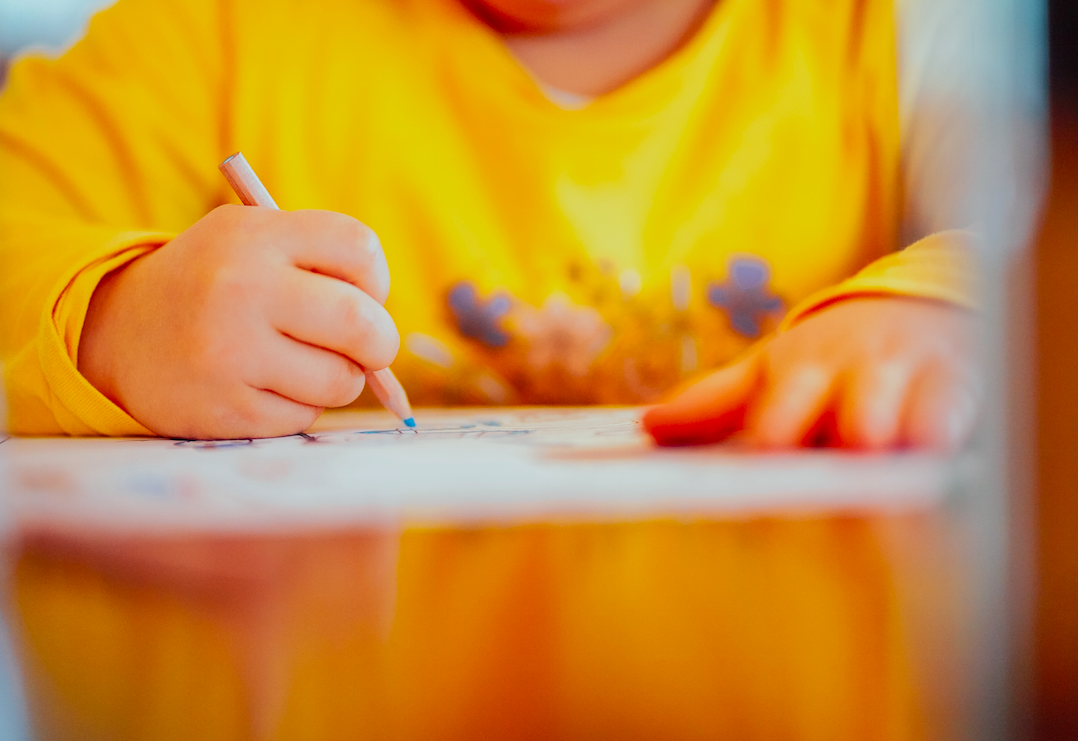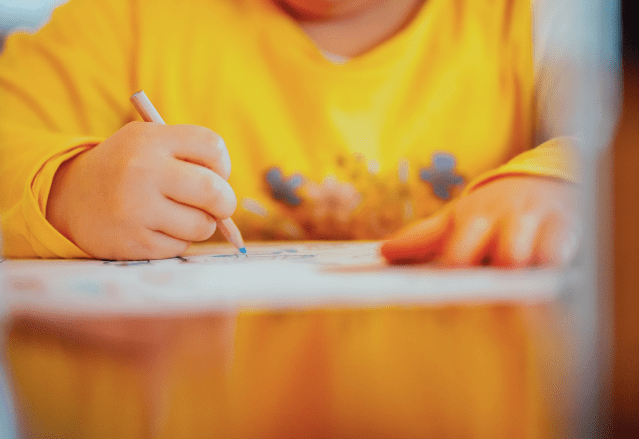
When I sit down to write my daily “to-do” list – yes, I’m old school, no iPhone notes for me – my three-year-old granddaughter asks to make a “to-do” list too. I gladly oblige, making paper and markers available, for several reasons, since such an activity is loaded with learning.
To begin with, she is being introduced to the concept of planning. It seems like a sophisticated enterprise, but even young children can and should practice planning. Whether it’s envisioning what two or three activities to do next, or thinking about what they will do when they get to the playground, when given practice with planning, children are exercising both their memory and their imagination. It also helps in the social realm as well, as they can be prepared emotionally for what’s coming up.
Next is the potential for speech and language development. Saying to children, “hmm, let’s think, what do we usually do after breakfast?” gives them practice with both receptive and expressive language. Asking them to name the activities that are part of their daily routine provides practice with articulation and increased vocabulary. Real dialogue can emerge from such conversations, and rather than just a question and answer period, children may even volunteer their most and least favorite daily activities, which elicits even more practice with language.
Finally, by making a graphic representation of the things they are going to do, even a representation that is just a series of lines and scribbles, the child is participating in the early stages of writing, which is, after all, the process of using symbols to communicate thoughts and ideas. Planting these seeds early provides a firm foundation for future learning in reading and writing.
So whether you are making a grocery list, or notes to yourself about what needs to get done today or this week, consider asking your child to join in. It’s what educators call a teachable moment. Plus it’s fun too!











